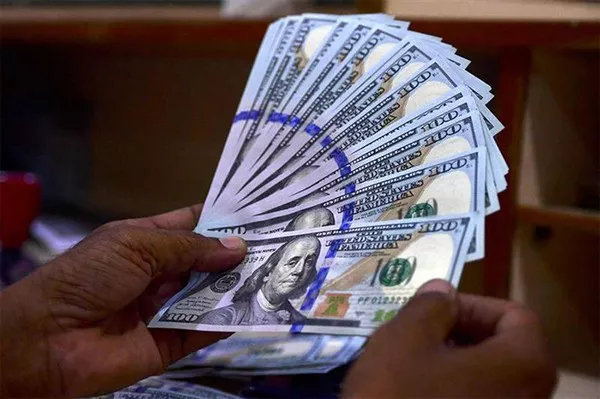The United States dollar serves as the world’s primary reserve currency, playing a central role in global trade and finance. However, concerns about the stability and future value of the dollar persist. In this article, we will examine the hypothetical scenario of a dollar collapse and its potential impact on gold, a traditional safe-haven asset. We will explore the historical relationship between the dollar and gold, analyze the factors that drive their dynamics, discuss possible outcomes, and offer insights into how investors may respond.
1. The Historical Relationship between the Dollar and Gold
Throughout history, the dollar and gold have shared an intricate relationship. The Bretton Woods system established in 1944 fixed the value of the dollar to gold, but the link was abandoned in 1971. Since then, both assets have displayed a complex interplay influenced by factors such as monetary policies, inflation, geopolitical events, and investor sentiment.
2. Understanding Gold as a Safe-Haven Asset
Gold has long been considered a safe haven during times of economic instability and uncertainty. Its inherent qualities, including scarcity, durability, and universal acceptability, contribute to its perceived value as a store of wealth. Investors often flock to gold as a hedge against inflation, currency devaluation, and financial market turbulence.
3. Scenarios Leading to Dollar Collapse
While a complete collapse of the dollar is a highly unlikely event, it is worthwhile to explore potential scenarios that might significantly weaken the currency. Factors such as excessive inflation, unsustainable debt levels, loss of confidence in the U.S. economy, or the emergence of alternative reserve currencies could contribute to a sharp depreciation of the dollar.
4. Impact of Dollar Collapse on Gold Prices
A dollar collapse could have profound implications for gold prices. Historically, when the dollar weakens, gold tends to appreciate in value due to its inverse relationship with the currency. A loss of confidence in the dollar may lead investors to seek refuge in gold as a safe store of value, potentially driving up demand and prices.
5. Effects on Global Financial Markets
A significant depreciation or collapse of the dollar would reverberate throughout global financial markets. Countries heavily reliant on dollar-denominated assets and exports might face challenges, while non-dollar reserve currencies could gain prominence. The ripple effects would be felt in foreign exchange markets, interest rates, and investment flows, impacting economies and asset valuations worldwide.
6. Gold as a Currency Alternative
In the event of a dollar collapse, gold could potentially emerge as an alternative currency or a medium of exchange. Throughout history, gold has been used as a form of money and a store of value. However, transitioning to a gold-backed or gold-based monetary system would present considerable logistical and practical challenges.
7. Investor Strategies during a Dollar Collapse
Investors seeking to navigate a potential dollar collapse and its impact on gold should consider various strategies. These may include diversifying their portfolios with a mix of assets, including gold and other precious metals, currencies, and international investments. Additionally, closely monitoring economic indicators, geopolitical developments, and central bank policies can help inform investment decisions.
Conclusion
While a complete dollar collapse remains a remote possibility, understanding the potential consequences on gold is crucial for investors and market participants. The historical relationship between the dollar and gold, the role of gold as a safe-haven asset, and the broader implications on global financial markets highlight the significance of this interplay. As investors evaluate their portfolios and risk management strategies, they should remain vigilant about developments that could impact the dollar-gold relationship and make informed decisions based on careful analysis and a comprehensive understanding of these dynamics.


